Data Vault 2.0: What You Need to Know
Astera
NOVEMBER 30, 2023
With its foundation rooted in scalable hub-and-spoke architecture, Data Vault 1.0 provided a framework for traceable, auditable, and flexible data management in complex business environments. Building upon the strengths of its predecessor, Data Vault 2.0 What’s New in Data Vault 2.0? Aspect Data Vault 1.0

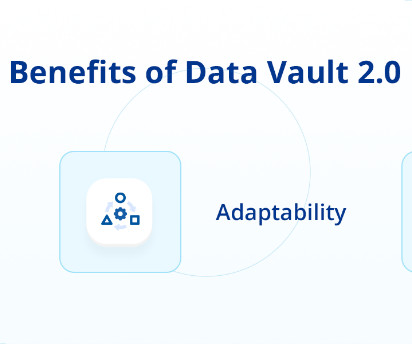

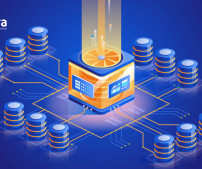


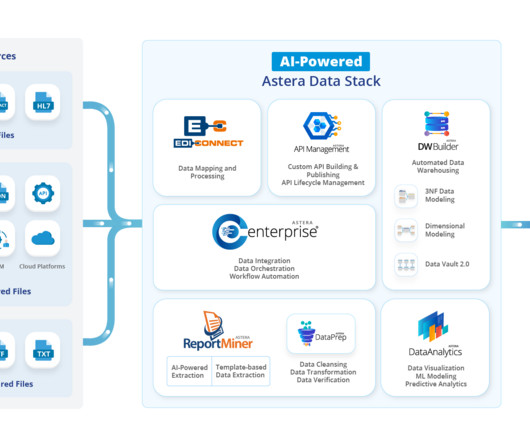
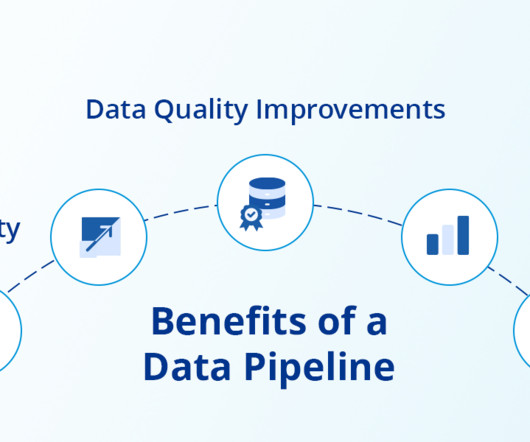
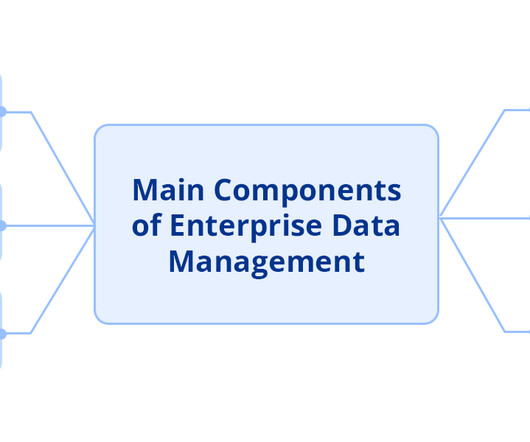






Let's personalize your content